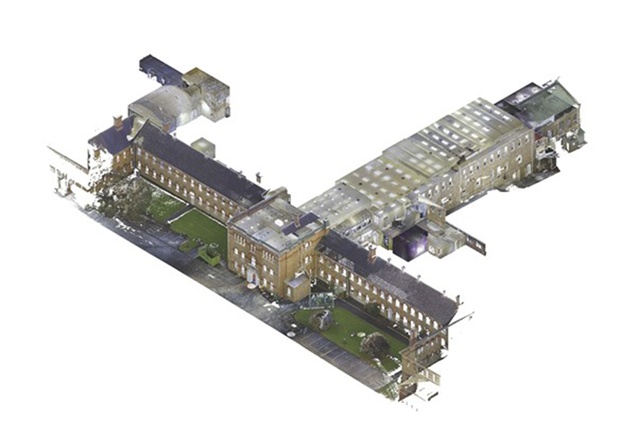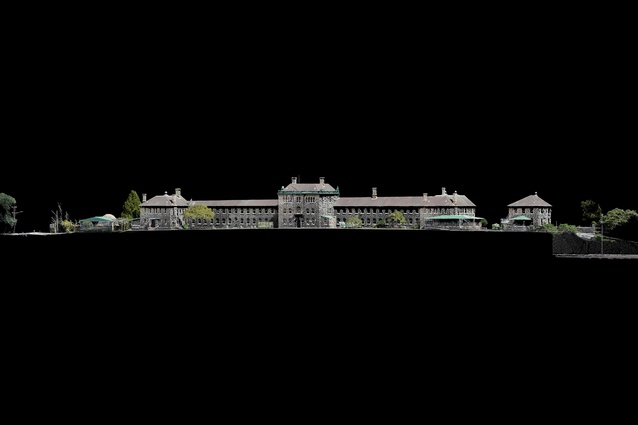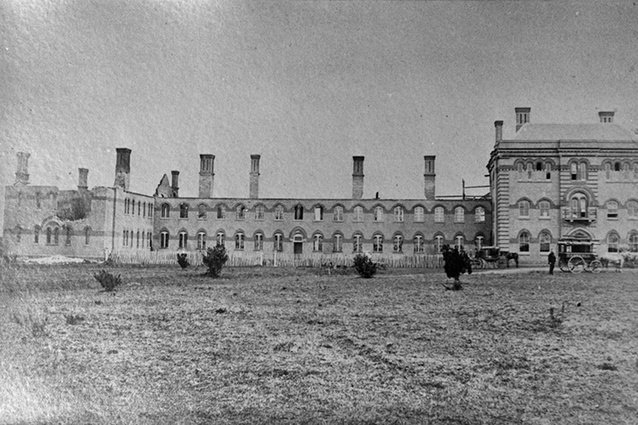3D-tech helps preserve New Zealand’s most important buildings
With increasing numbers of landmark and heritage buildings throughout Aotearoa New Zealand being either abandoned or deemed too dangerous to occupy, Unitec’s School of Architecture says there is a growing need to facilitate and improve conservation practices and enable the creation of a digital database.
The School recently set a new bar for the use of digital technologies in domestic conservation practice with its 3D-modelling of the currently unoccupied former Carrington Hospital, known as Building One, on Unitec’s Mount Albert campus.
Project leader Associate Professor Renata Jadresin-Milic says the use of modern digital technologies such as LiDar and Photogrammetry scanning not only enable the creation of a digital database but are just as valuable in the specialist skills and experience they offer students of architecture in the institute’s Digitalisation of Heritage elective course.
“The research is novel as it allows the entire process of decay to be recorded and examined, something that heritage research has never been able to achieve before,” says Jadresin-Milic. “This work is important for all Aotearoa New Zealand heritage, especially the preservation of Māori architectural heritage, which is particularly vulnerable.”
A notable example of late 19-century institutional architecture, the Heritage New Zealand Category 1-listed Building One was one of the largest public buildings in Aotearoa at the time of construction and it still has intact elements from each of the periods of major building construction.
“The community loves it, wants to use it and bring it into the heart of the community. This is important because whatever is not used will deteriorate, as we have seen with other heritage buildings,” says Jadresin-Milic. These include buildings such as Grey Lynn’s Carlile House (1886) and St David’s Presbyterian Church (1927) in Grafton, both subject to the highest possible heritage classification.
Jadresin-Milic says that, at present, many of this country’s national treasures are at serious risk of being lost because of the inadequacy of current heritage protection systems. “The technological advances used in the project allow buildings to be accurately recorded and preserved in digital form, a critical advantage with heritage buildings that are in actively deteriorated states.”
With the help of industry partners, the complete record of Building One was taken over eight days between 2020 and 2021, and included autonomous aerial drone surveying as well as ground-based teams with terrestrial LiDar scanners working through the interior of the building. This work culminated in a high fidelity, 3D survey model called a ‘point cloud’, which serves as a visual snapshot and basis for further modelling work.
“The practice of dealing with heritage buildings does not include modern digital technology as much as it could and should,” says Jadresin-Milic. “At the same time, due to the fast growth of our cities and towns, our heritage is disappearing. Greater use of modern digital technologies in domestic conservation practice will help ensure preventive protection of architectural heritage through digitisation and documentation.”
Today, Ngā Mana Whenua o Tāmaki Makaurau and the Crown (through the Ministry of Housing and Urban Development) are development partners in the residential development of the site, and intend to make decisions on the future adaptive reuse and preservation of Building One in due course.












